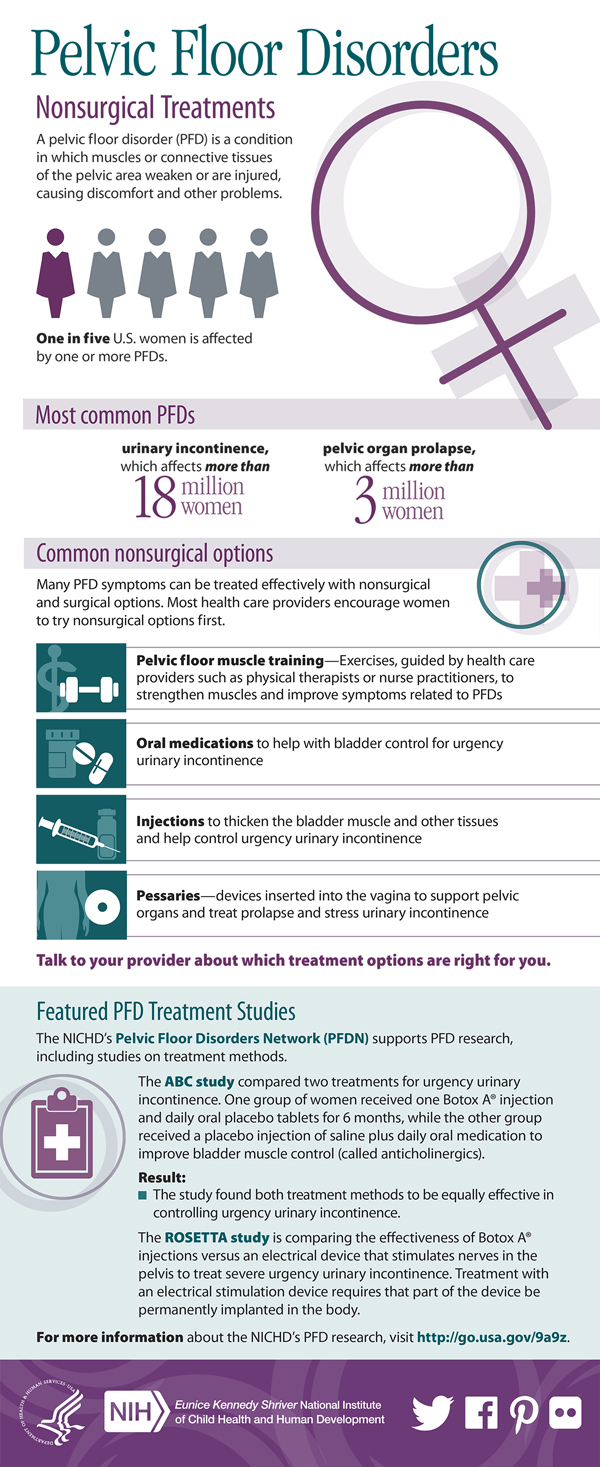How To Allocate Your Floor Covering Project: A Practical Overview
How To Allocate Your Floor Covering Project: A Practical Overview
Blog Article
Write-Up Developed By-Craven Terkildsen
When you're intending a floor covering job, budgeting isn't almost selecting a number; it has to do with recognizing what you genuinely require and the costs involved. You'll intend to evaluate your details needs, research study different materials, and expect unexpected costs. Think of how factors like room objective and setup methods can affect your spending plan. But prior to you enter, there are some essential information you might overlook that can considerably impact your general costs. Let's explore exactly how to navigate these intricacies and ensure your job remains on track.
Assessing Your Flooring Demands
Prior to diving into your floor covering project, it's important to examine your floor covering needs. Start by thinking about the details locations where you prepare to install new flooring. Think about the purpose of each area. For instance, bathroom and kitchens require water-resistant materials, while living areas could take advantage of comfort and appearances.
Next off, review the status quo of your floorings. Are there any architectural problems, such as uneven surfaces or dampness troubles? Attending to these worries early can save you time and money down the line.
Also, keep in mind of the dimensions of each space to determine just how much floor covering you'll require.
Don't fail to remember to consider your lifestyle. If epoxy garage floor near me have pets or young kids, sturdiness might be your top concern, while a more formal space might require an elegant finish. Furthermore, think of your layout preferences. Do you choose a timeless appearance, or are you attracted to modern designs?
Finally, be realistic concerning just how much maintenance you agree to devote to. Some products need more maintenance than others. By recognizing your demands clearly, you'll be better outfitted to make educated choices as you move forward with your floor covering project.
Estimating Expenses and Materials
Approximating prices and materials is a pivotal action in your flooring task that can substantially affect your total budget. Start by determining your room precisely to figure out how much floor covering you'll require. For many products, you'll find prices by square foot, so gather quotes from numerous vendors to get a sensible figure.
Next off, consider the sort of flooring you want. Alternatives like wood, laminate, tile, or carpet all come with various rate points. Research the prices for each and every and consider any kind of extra materials like underlayment, adhesive, or transition strips.
Do not fail to remember to consist of devices if you're planning a DIY setup, as renting or acquiring equipment can add to your costs.
Labor prices are an additional essential factor to consider. If you're working with specialists, get quotes from numerous service providers to ensure you're obtaining a fair rate. Be clear regarding the scope of work to stay clear of unanticipated charges later on.
Finally, it's smart to set aside a little percent of your budget for any unanticipated expenses connected to products. By completely approximating your prices and materials upfront, you'll set yourself up for a smoother and extra convenient flooring task.
Preparation for Hidden Costs
Numerous home owners overlook the covert expenses that can arise during a flooring task, which can result in spending plan overruns. To avoid this, you need to plan for potential additional expenses.
Initially, consider https://www.wowt.com/2022/07/14/bellevue-police-file-active-arrest-warrant-flooring-contractor/ of your existing subfloor. If it's damaged or irregular, you'll likely need repair services or progressing, which can include significantly to your overall expense.
Next, think of elimination and disposal costs for your old flooring. Numerous contractors bill additional for this solution, so variable that into your spending plan.
In addition, do not forget about the prices of underlayment, which might not be included in the first quote but are vital for a successful setup.
You must likewise get ready for unforeseen difficulties, such as pipes or electric work if your flooring job involves moving components. It's a good idea to reserve at the very least 10-15% of your overall budget for these unanticipated expenses.
Last but not least, bear in mind that licenses may be needed for sure installments. Constantly examine local laws to stay clear of penalties or hold-ups.
Conclusion
In conclusion, budgeting for your flooring project is crucial for an effective end result. By assessing your needs, approximating prices, and planning for covert costs, you'll prevent surprises and stay on track. Remember to allot a section of your budget for unexpected costs and keep a detailed malfunction of your expenditures. With mindful preparation and consideration, you'll produce a beautiful room that fulfills your needs without breaking the financial institution. Delighted flooring!
